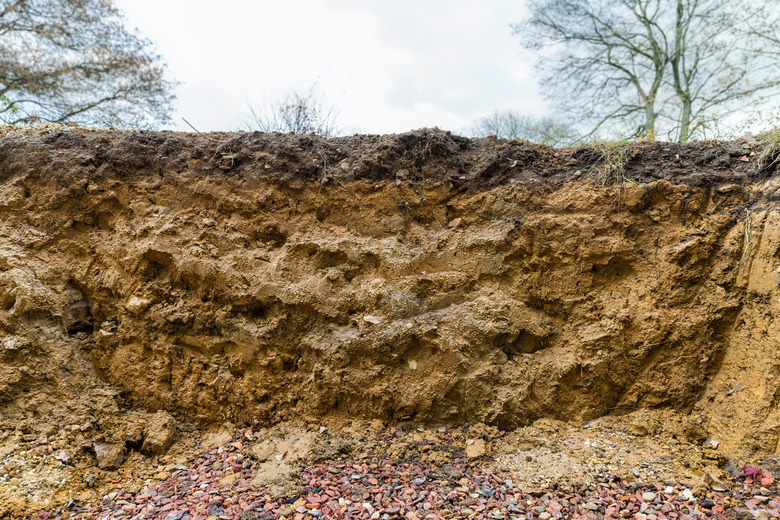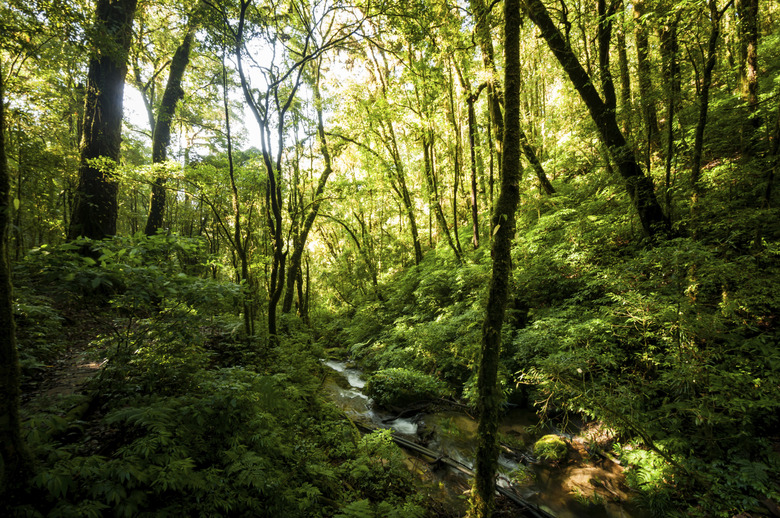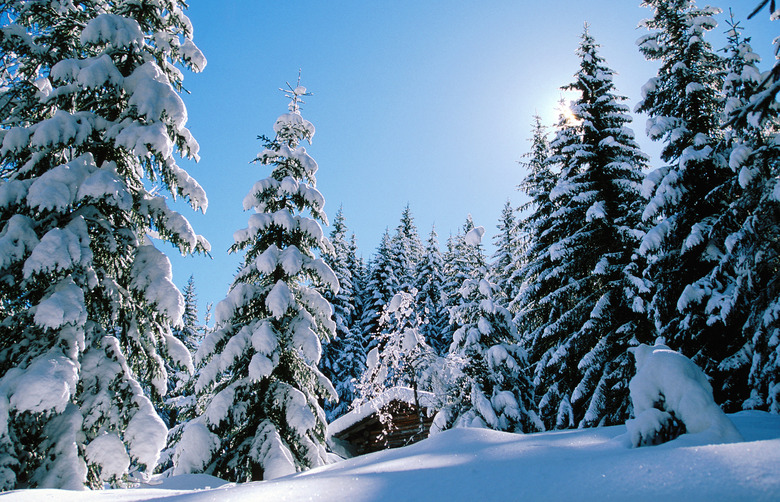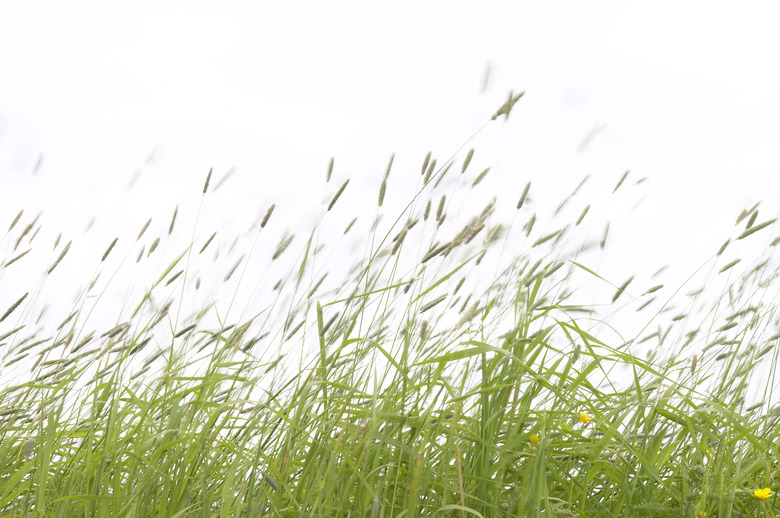Five Different Types Of Abiotic Factors
An abiotic factor is a non-living component in the environment. This can be either a chemical or physical presence. Abiotic factors fall into three basic categories: climatic, edaphic and social. Climatic factors include humidity, sunlight and factors involving the climate. Edaphic refers to soil conditions, so edaphic abiotic factors include soil and geography of the land. Social factors include how the land is being used and water resources in the area. Five common abiotic factors are atmosphere, chemical elements, sunlight/temperature, wind and water.
Temperature and Light
Temperature and Light
Temperature of the air and water affect animals, plants and humans in ecosystems. A rise in temperature has the potential to change the way a living thing develops, because it changes the metabolic rate of the organism. All living organisms have a tolerance level for temperature range. For example, a human being would die if he stood out in minus 50 degree temperatures for any length of time. Light exposure often affects the temperature. Areas with direct sunlight are warmer.
Water
Water
All living organism needs some water intake. Water covers 70 percent of the earth's surface and falls as rain or snow over land. In an environment with little water, only organisms requiring a small percentage of water can survive. Other animals thrive in conditions with large amounts of water, such as marine animals and plants in oceans. Water is essential to survival, but every organism needs a different amount of water.
Atmosphere
Atmosphere
The atmosphere of the earth sustains life. Animals and other creatures breathe oxygen or filter it from water, and plants grow because of the presence of carbon dioxide. Living things combine oxygen and carbon to make carbohydrates, chemicals that provide energy and are important parts of DNA, proteins and other organic materials. The atmosphere is made up of four layers: troposphere, stratosphere, ozonosphere and mesosphere.
Chemical Elements
Chemical Elements
Chemical elements act within the environment to impact what type of organisms can grow or thrive in the area. The chemical composition, including acidity level, has a large impact on the plants in an area. For example, plants like azaleas or holly thrive in acidic soils. Some elements, like copper and zinc are important micronutrients for many organisms. Chemical elements make up all matter, including other abiotic factors.
Wind
Wind
Often abiotic factors are affected by other factors. This is especially evident with wind. The wind speed and direction affects the temperature and humidity of an area. Very high wind speeds, often in mountainous areas, may lead to stunted plant growth and limit the types of life that can thrive in the area. Wind also carries seeds and aids pollination, spreading life. This lets plant forms travel out of a contained area.
Cite This Article
MLA
Brite, Kristine. "Five Different Types Of Abiotic Factors" sciencing.com, https://www.sciencing.com/five-different-types-abiotic-factors-7762257/. 25 April 2018.
APA
Brite, Kristine. (2018, April 25). Five Different Types Of Abiotic Factors. sciencing.com. Retrieved from https://www.sciencing.com/five-different-types-abiotic-factors-7762257/
Chicago
Brite, Kristine. Five Different Types Of Abiotic Factors last modified March 24, 2022. https://www.sciencing.com/five-different-types-abiotic-factors-7762257/




